People have different ways of processing information, and understanding your learning style can significantly enhance your study techniques. There are three primary types of learners: visual, auditory, and kinesthetic. Visual learners prefer understanding information through images or diagrams. Auditory learners learn best through listening and speaking. Kinesthetic learners prefer hands-on activities to engage with the material. Knowing your learning style can help you tailor your study methods to maximise effectiveness.
Visual Learning Techniques
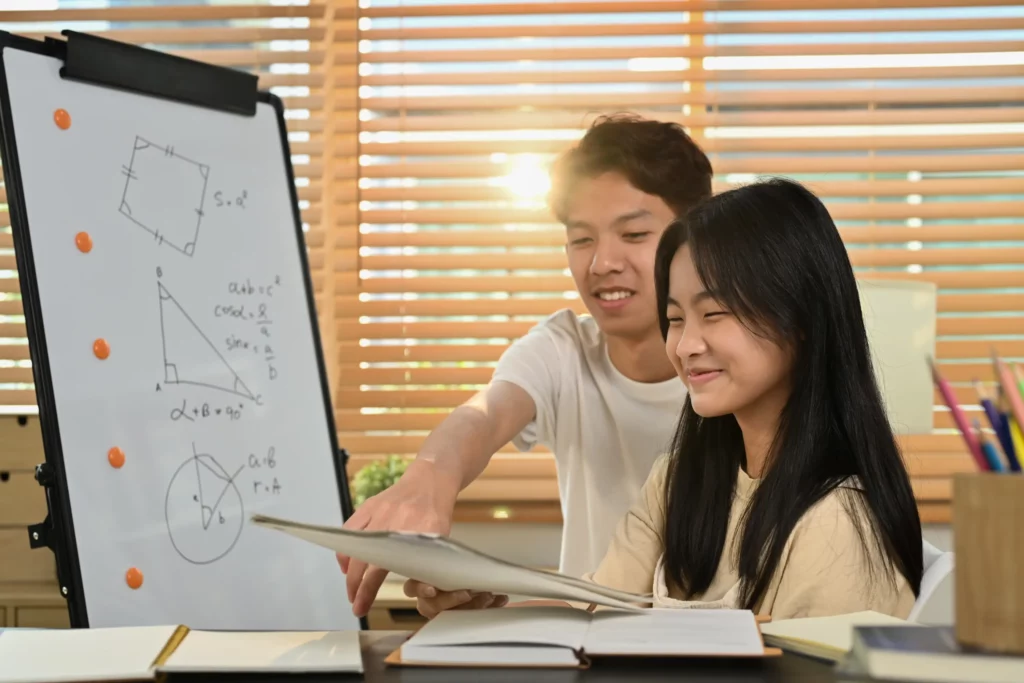
Visual learners can improve their studying by using techniques that cater to their learning style. One effective method for visual learners is creating mind maps, allowing them to organise and connect information visually. Flashcards are another helpful tool, allowing visual learners to associate concepts with images or diagrams. Visual learners can better understand and retain the material they are studying by engaging with visual materials.
Creating Mind Maps
Creating mind maps is an efficient way for visual learners to organise and connect information in a visual format. Mind maps use diagrams or images to help visual learners understand complex concepts and their relationships. This method improves retention and makes studying more engaging. Visual learners can benefit from creating mind maps to summarise important points, generate new ideas, and outline the structure of their study material.
Using Flashcards
An effective technique for visual learners is to use flashcards. Flashcards help break down information into smaller and more manageable pieces, making reviewing and memorising key concepts easier. With flashcards, visual learners can repeatedly test their knowledge and reinforce their understanding by writing important facts or terms on one side of the card and their corresponding explanations or definitions on the other. Flashcards are also portable and can be used anywhere, making them a convenient study tool for visual learners.
At TuitionCentre SG, students can Request a Home Tutorlearn based on their preferred learning styles, maximising learning and making tuition sessions more enjoyable. Book a tutor today and learn based on your learning style!
Auditory Learning Methods
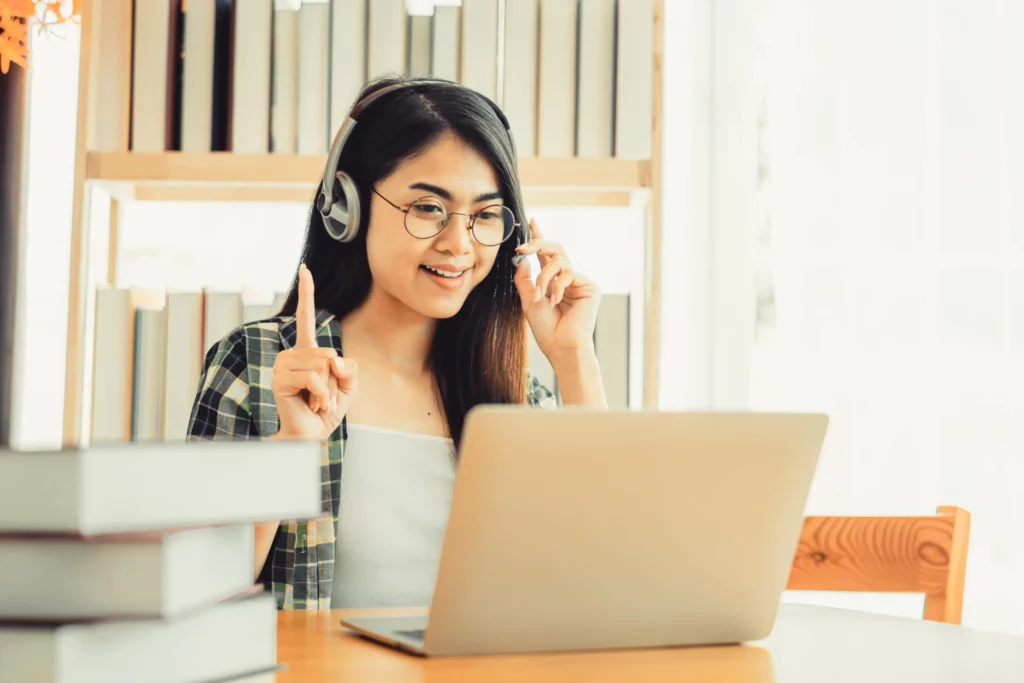
Auditory learners have a preference for learning through hearing, which can be enhanced by utilising various techniques. Recording and replaying lectures enables them to review the material multiple times, which reinforces their understanding. Engaging in group discussions also helps them to process information aloud, which caters to their preference for auditory input. These methods are effective for auditory learners and can assist them in absorbing information more efficiently.
Recording and Replaying Lectures
Recording and replaying lectures can be a beneficial studying technique for auditory learners. This method allows them to review the material multiple times, reinforcing their understanding through hearing. It effectively allows auditory learners to absorb information and cater to their preference for auditory input. By replaying recorded lectures, they can revisit key concepts and reinforce their learning, making it easier to retain the information.
Participating in Group Discussions
Participating in group discussions effectively allows auditory learners to absorb information. By engaging in conversations with peers, auditory learners can actively process information through listening and speaking. This interactive approach helps to reinforce understanding of complex concepts and improve communication skills. Group discussions also allow for exchanging ideas and learning from different perspectives, enhancing the learning experience.
Kinesthetic Learning Approaches
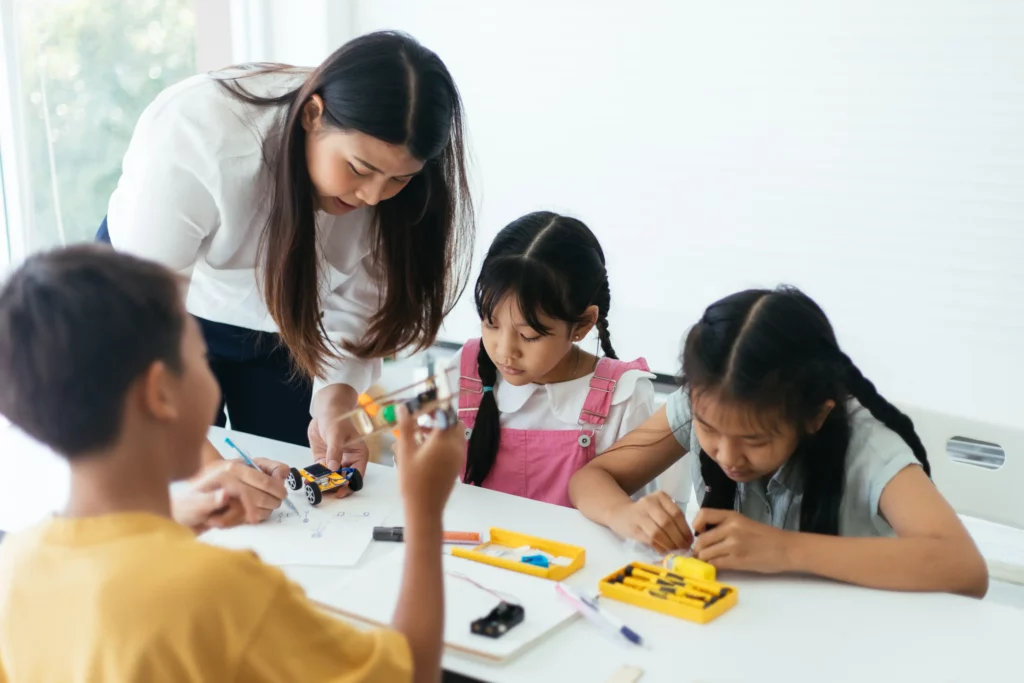
Kinesthetic learners are individuals who learn best through physical experiences and activities. They tend to strongly prefer touching, moving, and manipulating objects to understand concepts better. Kinesthetic learners often need help with traditional study methods, such as reading and listening to lectures, as they find it challenging to focus and retain information through these methods. Kinesthetic learners excel academically by incorporating hands-on learning activities into their study routines. Some practical study tips tailored to kinesthetic learners include creating flashcards with physical actions, using manipulatives to visualise mathematical concepts, participating in group discussions, taking frequent breaks to move around, and incorporating physical activity into their study routine, such as running or practising yoga.
Hands-On Activities
Hands-on activities can effectively engage kinesthetic learners in the learning process. These activities require physical movement and interactive engagement, allowing learners to apply and participate actively in what they have learned. Examples of hands-on activities include conducting experiments, building models, and solving puzzles. By participating in these activities, kinesthetic learners can better understand and retain information while enjoying a dynamic learning experience.
Role-Playing Exercises
Role-playing exercises are valuable tools for kinesthetic learners. These activities involve acting out scenarios or assuming different roles to enhance understanding and retention of information. Kinesthetic learners can apply what they have learned practically and interactively by physically engaging in the learning process. Role-playing exercises also promote critical thinking, problem-solving skills, and communication abilities.
Combining Learning Styles for Maximum Effectiveness
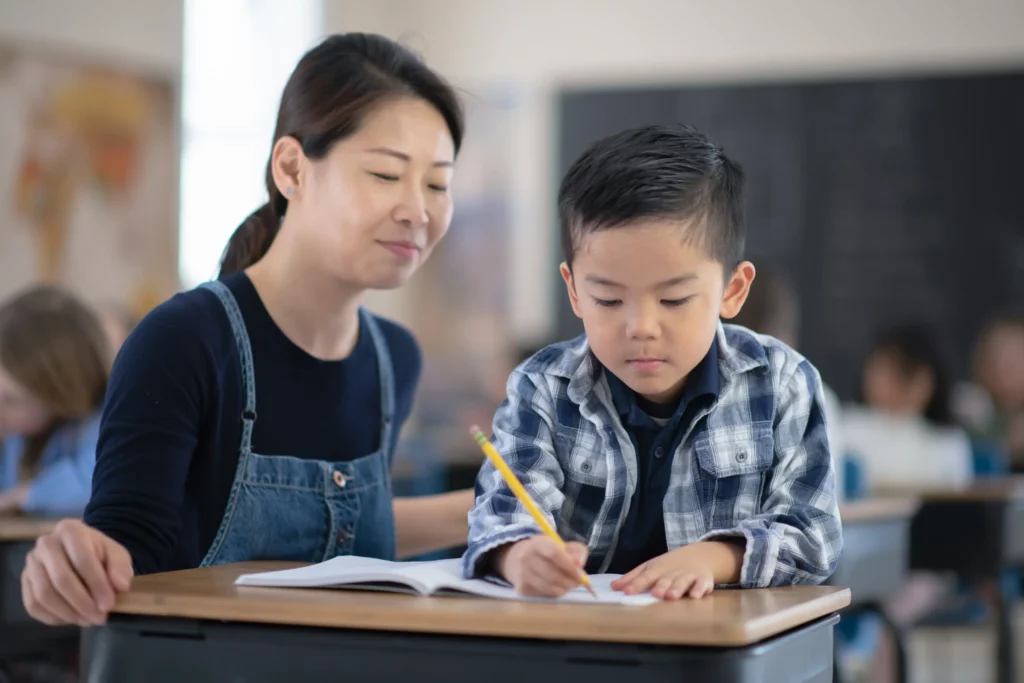
Combining different learning styles can significantly improve the effectiveness of studying. Students can achieve better results in their academic pursuits by engaging multiple senses and reinforcing the understanding of concepts. This can be achieved by creating multi-sensory study materials, such as using colourful visuals alongside recorded lectures or participating in group discussions while taking notes. Integrating various learning styles allows for a more comprehensive and immersive learning experience, which can lead to better retention and application of knowledge.
Integration of Visual, Auditory, and Kinesthetic Techniques
Integrating visual, auditory, and kinesthetic techniques can significantly enhance effectiveness in studying. When these learning styles are combined, students engage multiple senses, ultimately reinforcing their understanding of the subject matter. Creating multi-sensory study materials or participating in activities that involve all three styles can help achieve this. By incorporating different learning styles, students can experience a more comprehensive and immersive learning experience, leading to better learning outcomes.
Utilising Multi-Sensory Learning Tools
To improve the learning process, students can use multi-sensory learning tools. These tools engage different senses and help reinforce understanding. Some examples of such tools include interactive online resources that incorporate visuals, audio recordings of lectures or study materials, and hands-on activities for physical engagement. Combining these tools allows students to create a more immersive and engaging study environment.
Benefits of Tailoring Study Techniques to Your Learning Style
Tailoring study techniques to your learning style can significantly improve your academic performance. Understanding how you learn best and utilising strategies that align with your strengths can help you study more effectively and efficiently. Adopting this personalised approach allows you to absorb information more quickly, retain it longer, and apply it more effectively during exams and assignments. Identifying your learning style and adapting your study methods can lead to better learning outcomes and overall success in your academic pursuits.
Tips for Developing Effective Study Habits for Visual, Auditory, and Kinesthetic Learners
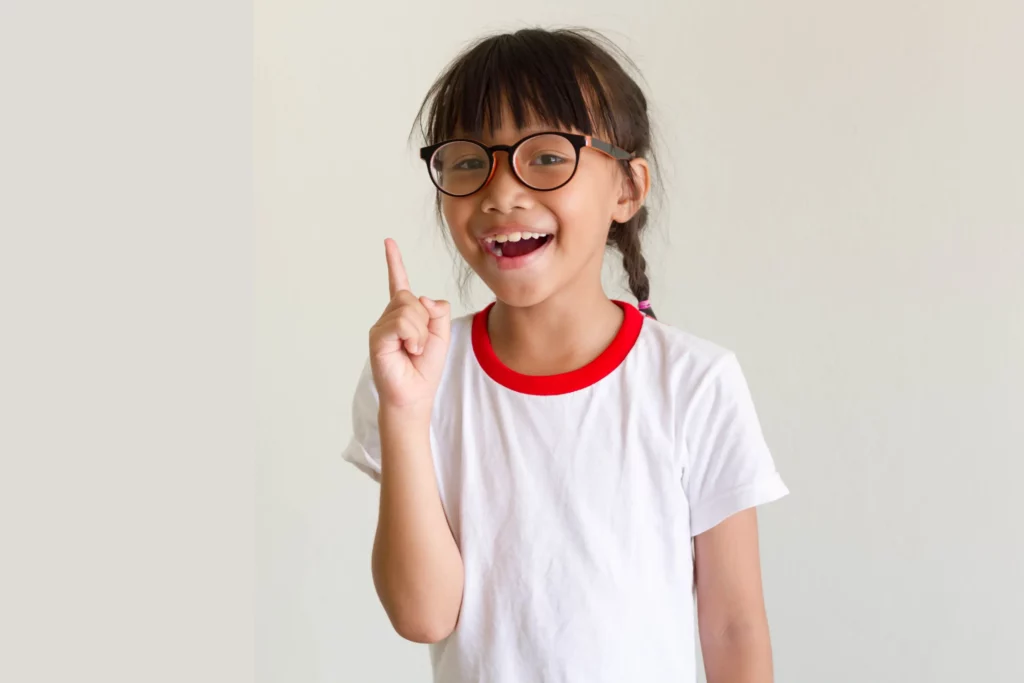
According to the research, different people have different learning styles. Visual learners can organise information using colour coding and visual aids. Auditory learners should read aloud and listen to recorded lectures or study materials. Kinesthetic learners should incorporate movement into their studying, such as pacing or using manipulatives. Experimenting with various study techniques is essential to find what works best for you.
It’s crucial to create a dedicated study space free from distractions. Breaking your study sessions into smaller chunks can help you stay focused and prevent burnout. To reinforce learning, it’s necessary to review and summarise critical concepts regularly. While studying, take breaks to give your brain time to process information.
It’s worth remembering that everyone’s learning style is unique, so it’s essential to experiment and find the best strategies that work for you!
Conclusion
Identify your learning style to enhance your study experience. Visual learners can use mind mapping and flashcards, auditory learners can record lectures and participate in group discussions, and kinesthetic learners can engage in hands-on activities. Combine these approaches and use multi-sensory learning tools to maximise study effectiveness.
Find the best way to improve your study by booking a tutor today!



